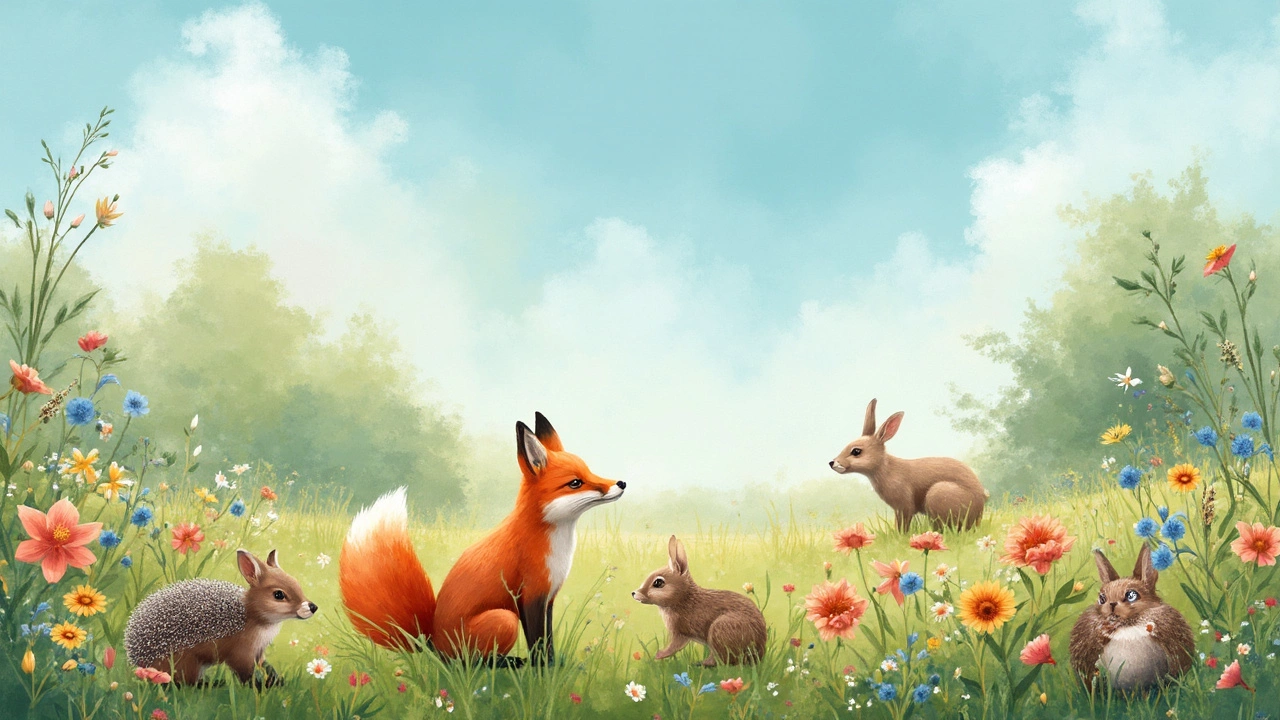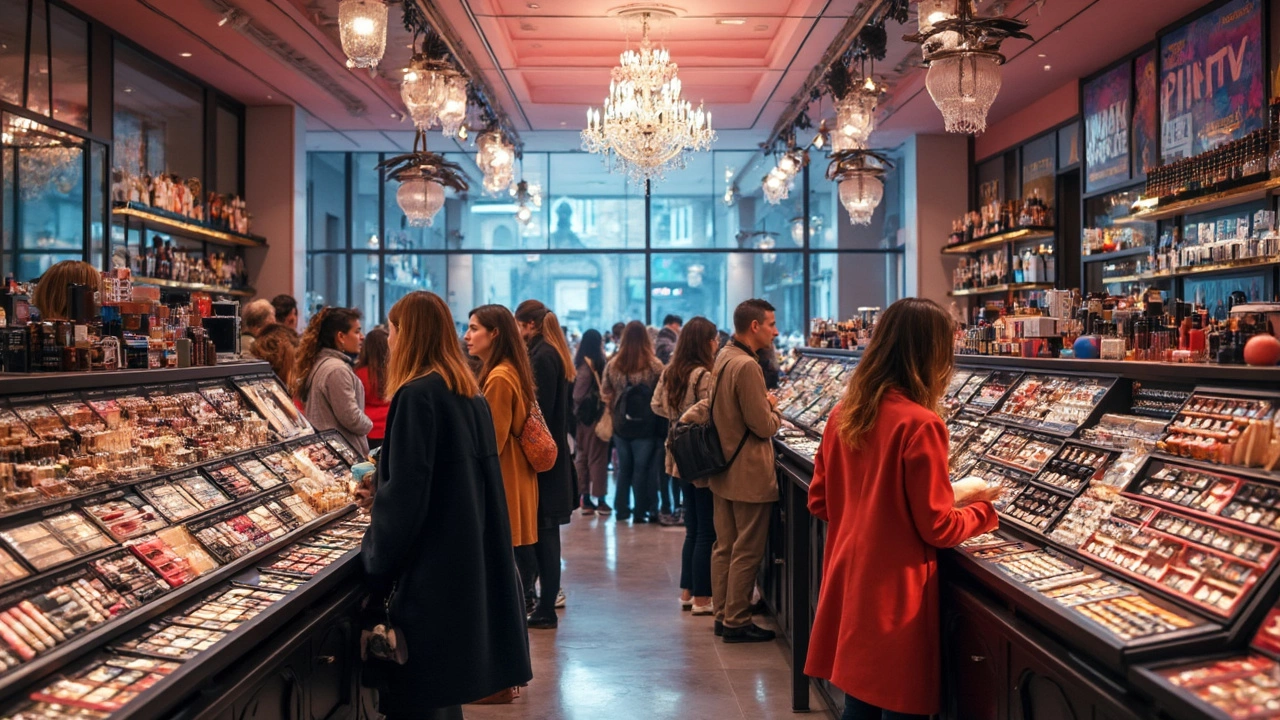Cruelty-Free Beauty: Ethical Choices & Modern Trends
When talking about cruelty-free, products created without any animal testing or animal‑derived ingredients. Also known as vegan‑friendly, it addresses both animal welfare and growing consumer demand for transparent formulations.
One major cosmetics, beauty items such as foundation, lipstick, or mascara category has fully embraced cruelty‑free standards. These cosmetics often carry certification logos that tell shoppers the product passed rigorous lab audits. Another core area is skincare, creams, serums, and cleansers designed to improve skin health. Skincare brands are now formulating with plant‑based actives, avoiding animal‑derived glycerin or collagen, which aligns perfectly with a cruelty‑free ethos. When you see a brand marketed as ethical beauty, a broader commitment that includes fair trade sourcing, eco‑packaging, and no animal testing, you know it’s part of a larger movement.
Why cruelty‑free matters today
Consumers increasingly link personal values with purchase decisions. A cruelty‑free label influences buying behavior by assuring shoppers that no animals suffered in the product’s development. This link also drives innovation; companies invest in alternative testing methods like reconstructed human skin models, which provide more accurate safety data than traditional rabbit tests. As a result, the industry sees faster product cycles and lower long‑term costs. Moreover, cruelty‑free aligns with sustainable beauty, practices that reduce environmental impact through biodegradable formulas and recyclable packaging. When a brand combines cruelty‑free with sustainability, it appeals to eco‑conscious shoppers looking for a holistic solution.
Another important piece is the rise of vegan skincare, products that exclude any animal‑derived components while still delivering clinical results. Vegan formulas often rely on botanical extracts, peptides, and naturally derived oils that perform just as well as traditional ingredients. This sub‑category shows that cruelty‑free isn’t a compromise—it’s a pathway to cleaner, more transparent beauty routines. For makeup lovers, the patchwork of makeup brands, companies offering a range of color cosmetics that prioritize cruelty‑free policies means you can refresh your look without ethical doubts.
Regulatory frameworks also shape the landscape. In the UK and EU, the ban on animal testing for cosmetics has been in place since 2013, forcing manufacturers to adopt alternative safety assessments. Meanwhile, the US still lacks a federal ban, so many American brands look abroad for certification to reach global markets. This regulatory split creates a clear semantic triple: cruelty-free requires non‑animal testing methods, which influences global market access. Understanding these dynamics helps you spot genuine cruelty‑free products versus green‑washed claims.
When you shop, keep an eye on certification symbols such as the Leaping Bunny, PETA’s Beauty Without Bunnies, or the Vegan Society logo. These badges act as trusted third‑party verification that the brand meets strict cruelty‑free criteria. Pair that with ingredient lists that avoid terms like “carmine” (derived from insects) or “lanolin” (sheep wool). By scrutinizing both the label and the formula, you empower yourself to make choices that reflect your values.
Below, you’ll find a curated selection of articles that dive deeper into specific aspects of cruelty‑free beauty. From revenue breakdowns of top makeup brands to step‑by‑step natural makeup routines, each post ties back to the core principle of ethical, animal‑friendly cosmetics. Explore how the industry’s biggest players adapt, learn practical tips for building a cruelty‑free routine, and stay updated on the latest trends shaping a more compassionate beauty world.

Is Burt's Bees Cruelty-Free? Unpacking the Truth Behind the Brand
Burt's Bees, a brand known for its natural products, often faces questions about its cruelty-free status. This article explores what it means to be cruelty-free, how Burt's Bees measures up, and the certifications that verify ethical claims. By understanding these aspects, consumers can make informed decisions about their beauty products. Dive into whether Burt's Bees aligns with the cruelty-free ethos many consumers prioritize today.

Does NYX Still Test on Animals? Everything You Need to Know
Thinking about switching to cruelty-free makeup? Discover the current status of NYX when it comes to animal testing. Explore what being cruelty-free means, how NYX fits into this category today, and the impact it has on the beauty industry. Get insider tips on how to spot truly cruelty-free brands and what to look for on packaging. This article addresses frequent consumer queries, offering clear and up-to-date information.
© 2025. All rights reserved.